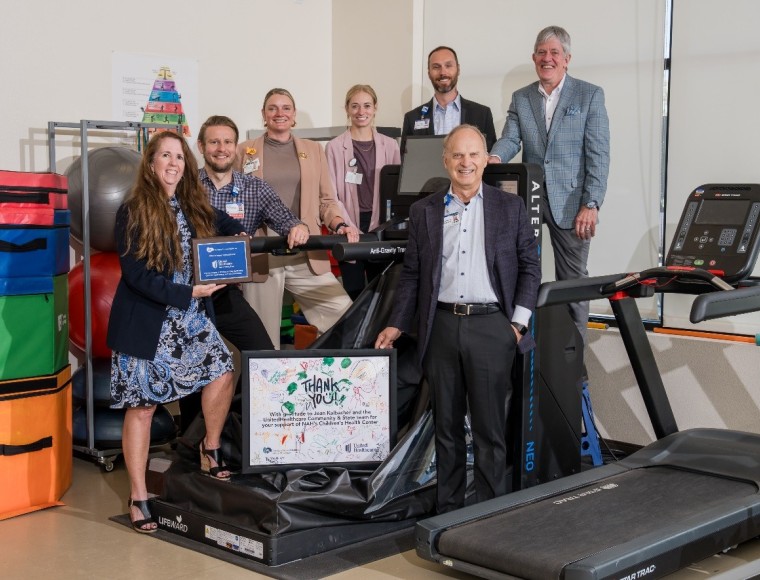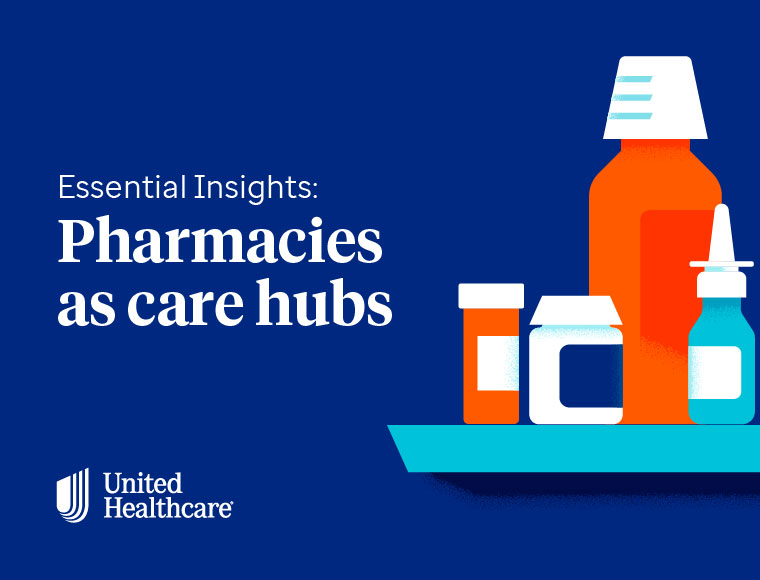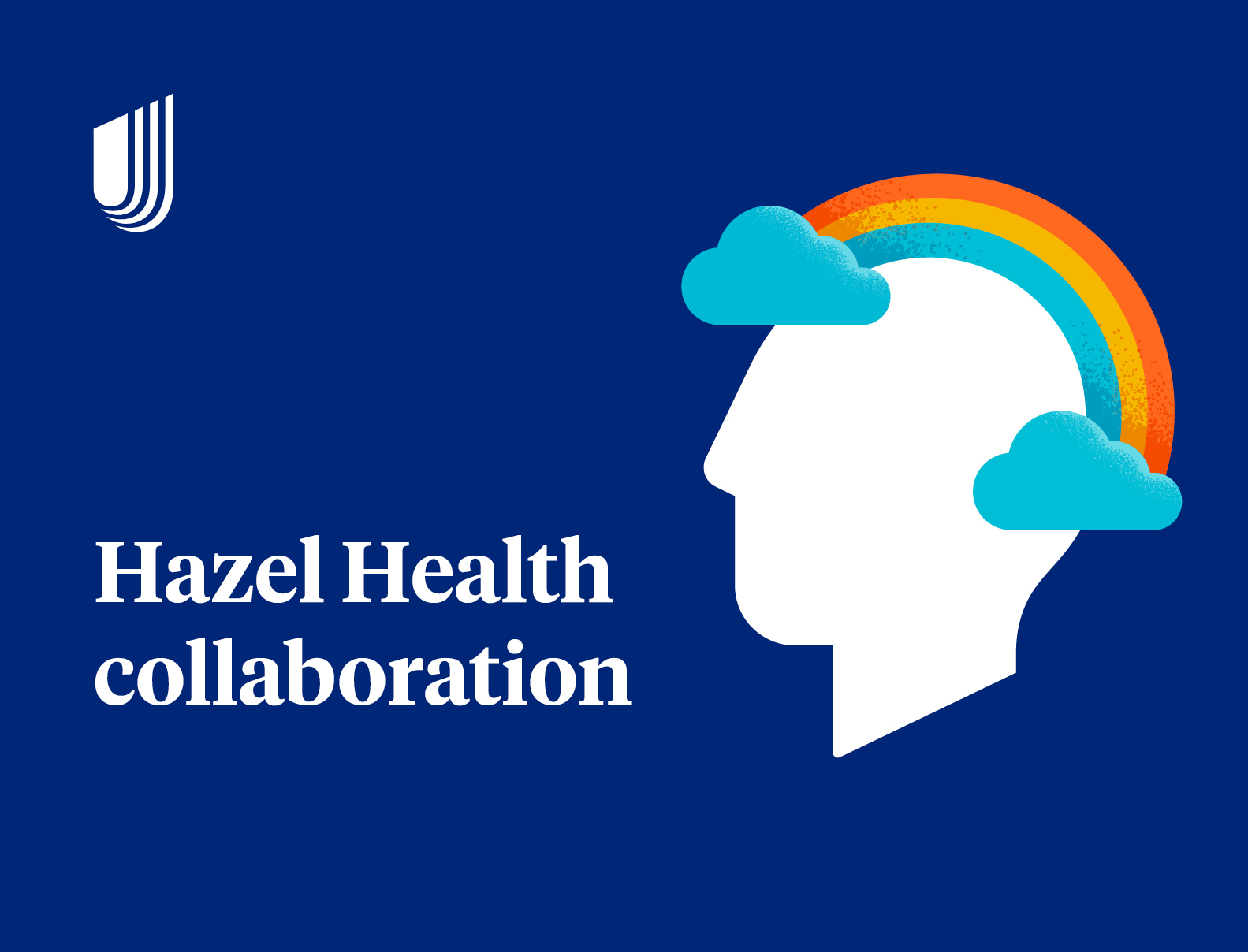Community paramedicine reduces emergency visits in Washington
Connecting individuals to the most appropriate source of care and bridging gaps in care is important for supporting positive health outcomes and patient experiences. Unnecessary emergency department (ED) visits for conditions that could be prevented or treated with appropriate primary care provider can lower health system efficiency and raise costs.1 An estimated 13-27% of all ED visits could be managed in physician offices, clinics, and urgent care centers, which would save $4.4 billion annually.
One study found that factors like lower income, lower educational attainment and a lack of access to transportation were associated with greater numbers of preventable emergency care visits. It found that people in lower-income households visited emergency rooms for preventable reasons roughly 2.5 times as often as those with higher incomes.2
To address these disparities, North Olympic Health Network engaged in a collaboration with the Port Angeles Fire Department to pilot a Community Paramedicine Program (CPMP). The goals of the CPMP were to reduce unnecessary Emergency Department visits and 911 calls, provide referrals to more appropriate forms of health care, and increase access to health care in the Port Angeles Community.
The innovative pilot focused on high-risk patients who frequently visit the ED, people who have reoccurring physical or mental health conditions, people recently released from the hospital and people with complex medication management needs. The goal was to proactively address patients’ needs and connect them to local resources and care before they visited the ED.
Port Angeles Fire Department identified patients who frequently utilized 911 for non-emergency medical needs stemming from chronic conditions, behavioral conditions like substance use disorder, or other medical needs exacerbated by social needs. A Community Paramedic with specialized training would be dispatched to guide the patient through alternatives to calling 911. The Community Paramedics offer medical care and help connect patients to medical, behavioral or social services. This approach also ensures that 911 services are not diverted to non-emergency needs and that local EDs are not overwhelmed with patients whose needs could be better met in other settings.
In contrast to emergency paramedics, Community Paramedics can stay with individuals for a longer period of time to connect patients with local services for sustainable, long-term care. Community Paramedics also work with community partners to proactively identify and reach out to patients to prevent future non-emergent 911 calls. In addition to patients identified by the Fire Department, local providers refer patients to CPMP for support overcoming barriers to care or managing chronic conditions. Community Paramedics work with these patients to address needs like transportation, mobility, and self-management that can impact their ability to adhere to physician-directed care.
In the initial pilot, 78 community members received Community Paramedicine services. Those individuals demonstrated a 59% overall decrease in 911 calls and a 68% overall decrease in transports to the ED after initial contact with a Community Paramedic. More patients were referred to North Olympic Health Network to connect with a primary care provider and some were referred to medication-assisted therapy programs to treat substance use disorder. The community need rapidly exceeded the staffing capacity, demonstrating that the program could have an even greater impact on the community if expanded.
Following the success of the pilot, the United Health Foundation invested $350,000 over a two-year period to support and expand the program. The funding was provided as part of a $3.3 million grant to North Olympic Health Network to improve health outcomes in Washington. North Olympic Health Network and Port Angeles Fire Department reflected on results and lessons learned from the pilot to thoughtfully expand capacity and improve the program’s long-term sustainability. The CPMP was able to increase the number of Community Paramedics, positively impacting both the number of and duration of contacts with community members. This expansion enabled the CPMP to offer more frequent follow-up on referrals and offer expanded services.
Through the expansion, Community Paramedics can provide physician-directed care wherever a patient may be located. This can include administering injectable medications, IV antibiotic treatments, and certain lab tests, reducing avoidable ED admissions. The Paramedics also monitor chronic conditions by bringing testing directly to a patient and reporting results back to a patient’s primary provider. For patients seeking support with medication adherence, Community Paramedics can offer tools like pill boxes equipped with alarm systems.
As of March 2024, the CPMP has connected 1679 adults to services like in-home health care, medication administration and other forms of care and support. These individuals demonstrated a 63% decrease in 911 utilization compared to baseline. With these results, CPMP was able to advocate for city funding with Port Angeles: 25% of the program is currently funded by the city, which will move to 50% by 2025 and ultimately 100% by 2026. This sustainability in funding will enable the program to have a lasting impact on the community, closing critical gaps in care and connecting more community members with the resources they need to improve their health.
Patient impact:
An elderly man was found wandering the streets in Port Angeles, appearing confused. After being brought to a hospital and discharged, he eventually made his way to an NOHN clinic. A clinic navigator helped uncover urgent needs related to food insecurity, a mental health condition and substance use disorder. He was referred to behavioral health and case management resources, but the navigator was concerned that the patient’s mental health condition and lack of transportation would inhibit his ability to attend appointments.
Community Paramedics stepped in to connect with the patient and coordinate a behavioral health appointment. While the navigator helped the patient meet immediate needs like access to food and support from Adult Protective services, Community Paramedics collaborated with the patients’ providers to conduct intermittent welfare checks to ensure the patient’s medication management and nutritional needs were met until he could be connected with a long-term caregiving solution.
The Paramedics transported the patient to his behavioral health appointment and facilitated a warm handoff. Within six months, the patient was able to be discharged. The CPMP bridged the gap, serving as a lifeline for the patient while a long-term, sustainable case management and caregiving solution was put into place. The Community Paramedics worked with providers to play a critical role in providing stability, support and connections to resources that can positively impact the patient’s quality of life.











